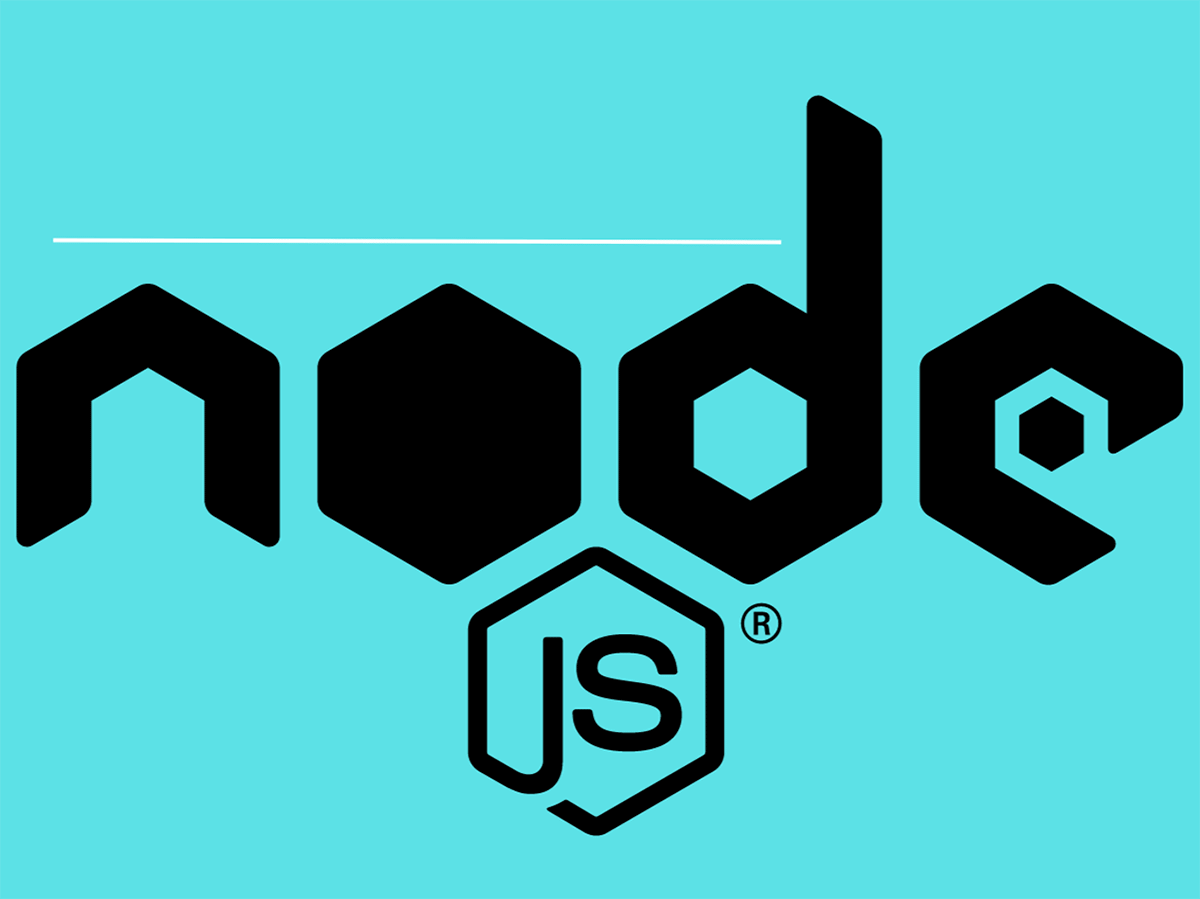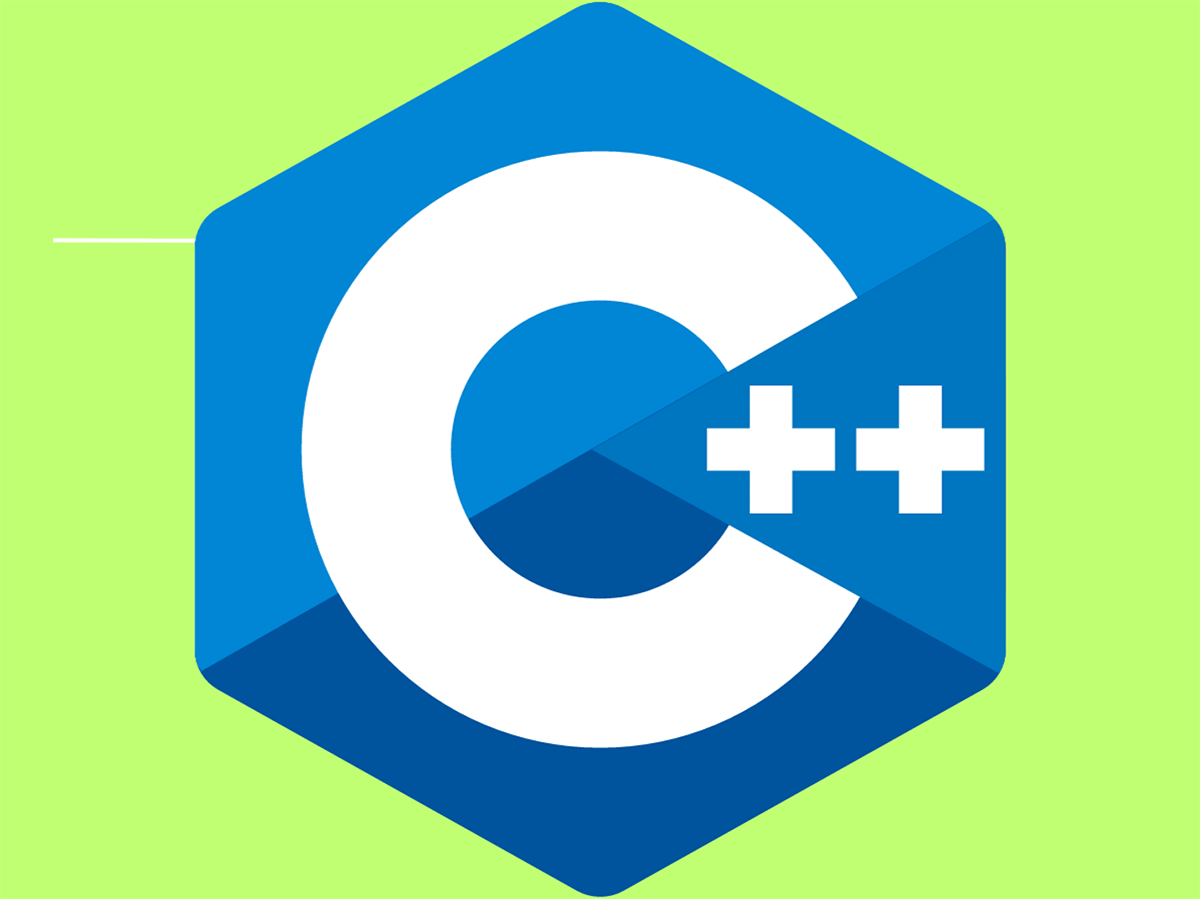What is Node.js?
Learn everything you need to know about what Node.js is and what it is used for. Find out why this open-source JavaScript runtime environment is so popular.
Node.js is an open-source, server-side JavaScript runtime environment. It enables executing JavaScript code outside web browsers, facilitating the creation of scalable and high-performing applications.
Its event-driven architecture and non-blocking I/O provide efficiency in handling concurrent connections. This makes it ideal for real-time applications.
In this guide from the experts at Propel Tech, we’ll cover everything Node.js. You'll learn the fundamental aspects, functions, and applications of Node.js. From understanding its core functionality to uncovering why it's a popular choice in modern development.
Table of contents
- Understanding Node.js
- What is Node.js used for?
- How does Node.js work?
- What is Node.js written in?
- Benefits and advantages
- Final thoughts: what is Node.js?
- Node.js development at Propel Tech
Understanding Node.js

Node.js was initially released in 2009 by Ryan Dahl. It revolutionised server-side JavaScript execution.
It's an open-source, cross-platform runtime environment built on Chrome's V8 JavaScript engine. Node.js enables running JavaScript outside web browsers, empowering developers to utilise JavaScript for server-side scripting.
Ryan Dahl created Node.js to address the limitations of traditional server-side technologies. It aimed to enable asynchronous, event-driven programming, leveraging JavaScript's familiarity and agility.
Node.js serves as a runtime environment that executes JavaScript code on the server. This enables developers to build scalable, high-performance applications. Its event-driven architecture and non-blocking I/O model facilitate handling concurrent connections efficiently, making it ideal for real-time applications and APIs.
What is Node.js used for?

Node.js finds versatile applications across various domains due to its unique features and capabilities:
Web application development
Node.js is extensively used to develop web applications. This includes real-time collaboration tools, social media platforms, and streaming apps.
API development
Its ability to handle asynchronous I/O and manage concurrent connections makes it suitable for building robust APIs, and facilitating data exchange between applications.
Microservices architecture
Node.js is well-suited for microservices-based architectures. It allows the development of independent, scalable services that communicate effectively.
Server-side scripting
It serves as an efficient server-side programming and scripting platform, handling HTTP requests and responses efficiently for dynamic web pages.
Single-page applications
Node.js, coupled with front-end frameworks like React or Angular, aids in developing SPAs. This allows seamless interactions and fast data processing.
Real-time applications
Its event-driven architecture is ideal for real-time applications like chat applications, online gaming, and collaborative tools.
Data streaming applications
It's used for building data-intensive applications involving file streaming, video conferencing, and live media streaming. This is due to its ability to handle large amounts of data efficiently.
How does Node.js work?
Node.js operates on a unique architecture and execution model that sets it apart in server-side JavaScript execution.
Understanding Node.js's event-driven, non-blocking architecture, along with its utilisation of the V8 engine, single-threaded event loop, and asynchronous programming, is key to comprehending how it handles concurrent connections and delivers high performance in various applications.Event-driven and non-blocking I/O
Node.js follows an event-driven architecture, where actions are triggered by events. It uses callbacks and event loops to manage I/O operations without blocking other tasks. This allows for efficient handling of multiple requests simultaneously.
V8 JavaScript engine
Node.js leverages the V8 JavaScript engine from Google Chrome. V8 compiles JavaScript code into machine code, executing it swiftly and enhancing performance.
Single-threaded event loop
Node.js employs a single-threaded event loop, allowing asynchronous I/O operations. It avoids creating separate threads for each request, managing concurrent connections efficiently.
Asynchronous programming
Asynchronous programming in Node.js enables non-blocking I/O. This ensures that the server can handle multiple requests without waiting for responses, leading to faster execution and improved scalability.
Modules and NPM
Node.js employs a modular structure, allowing developers to organise code into separate modules. The Node Package Manager (NPM) facilitates managing these modules and dependencies efficiently.
Libuv library
Node.js utilises the Libuv library to handle asynchronous I/O operations. Libuv provides an abstraction for network and file system interactions, enabling cross-platform compatibility.
What is Node.js written in?

Node.js combines the efficiency and system-level capabilities of C++ with the flexibility and ease of use of JavaScript, enabling it to provide a powerful and scalable runtime environment for server-side applications.
C++
The core of Node.js, including the runtime and some of its most essential functionalities, is written in C++. C++ allows Node.js to interface with the underlying system, providing low-level access to hardware and system resources.
JavaScript

Node.js also incorporates JavaScript in its development. Node.js enables JavaScript code execution outside web browsers, utilising Google's V8 JavaScript engine to execute JavaScript code on the server side efficiently.
Benefits and advantages
Node.js offers several benefits and advantages, making it a preferred choice for many developers and organisations:
High performance and scalability
Utilises an event-driven, non-blocking I/O model for handling multiple requests simultaneously. This ensures high performance and scalability.
Fast execution
Leverages the V8 engine to execute JavaScript code swiftly, enabling quick application development and execution.
Enhanced developer productivity
Allows code reuse and easy sharing of modules through NPM, leading to increased development speed and efficiency.
Real-time applications
Facilitates the development of real-time applications like chats and gaming platforms, offering seamless, interactive user experiences.
Scalability and handling of concurrent connections
Easily scales applications horizontally due to its ability to handle many concurrent connections efficiently.
Single language usage
Enables developers to use JavaScript for both front-end and back-end development. This streamlines the development process and reduces context-switching.
Rich ecosystem and community support
Offers a vast ecosystem of modules and libraries through NPM, backed by an active and supportive community.
Cost-effective and resource efficiency
Requires fewer server resources due to its lightweight nature. This leads to cost-effective hosting and infrastructure, and cost reductions by eliminating the need to hire multiple resource teams.
Suitability for Microservices architecture
Fits well in microservices-based architectures, allowing the development of independent and scalable services.
Cross-platform compatibility
Ensures cross-platform compatibility, allowing Node.js applications to run on various operating systems seamlessly.
Final thoughts: what is Node.js?
Node.js represents a pivotal shift in server-side JavaScript execution, transcending traditional boundaries to become a cornerstone in modern web development.
It offers a versatile platform capable of powering real-time applications, robust APIs, and scalable microservices. Node.js, backed by an extensive NPM ecosystem and a supportive community, has facilitated a shift in development practices.
Its event-driven, non-blocking architecture has influenced asynchronous programming and continues to drive efficiency in handling concurrent connections. Looking ahead, Node.js remains an integral part of the ever-evolving web development landscape, promising further growth, innovation, and potential advancements for developers exploring its varied capabilities.
Node.js development at Propel Tech

Interested in leveraging the power of Node.js for your next project?
Propel Tech are experts in Node.js development. Our developers craft scalable, high-performance applications using Node.js, bespoke to your requirements and industry.
Get in touch with us today to explore how Node.js development can benefit your business, alongside our full range of technologies.
FAQs
Is Node.js backend or frontend?
Node.js primarily operates as a backend runtime environment. It executes JavaScript code on servers. Node.js is acclaimed for its ability to build scalable and efficient backend systems. This is due to its event-driven, non-blocking architecture. It's essential to note that while Node.js is predominantly used for backend development, it's also employed on the frontend. For frontend usage, it facilitates tasks like tooling, package management, and building development environments.
How is Node.js different from JavaScript?
Node.js is a runtime environment that executes JavaScript code on servers. This is different from JavaScript, which typically runs in web browsers. While both use the same language, Node.js extends JavaScript’s capabilities by enabling server-side execution, facilitating tasks beyond traditional frontend operations. It allows developers to build scalable and event-driven backend systems, utilising modules and libraries for diverse applications. In contrast, JavaScript primarily executes within browsers, handling webpage interactions.
When should you not use Node.js?
Node.js might not be the optimal choice for CPU-intensive tasks. Especially when handling heavy computations or long-running processes. Due to its single-threaded nature, Node.js may face limitations in scenarios requiring extensive CPU resources, potentially leading to slower performance for CPU-bound tasks. Tasks involving intensive number crunching, complex data manipulations, or heavy computations may experience processing delays within the event loop, impacting overall system responsiveness. In such cases, alternative technologies better equipped for parallel processing and utilising multiple CPU cores might be more suitable.
eBook
Make successful provider migrations a possibility. Download our essential free guide.
Find out more
Your partners in possibilities
As experts across existing and new technologies, we don’t simply solve software problems, we find solutions that help manage change so that your business thrives and grows.
We’re eager to hear about your project goals and turn them into reality. Get a free consultation to make tech possible.
Brief us




